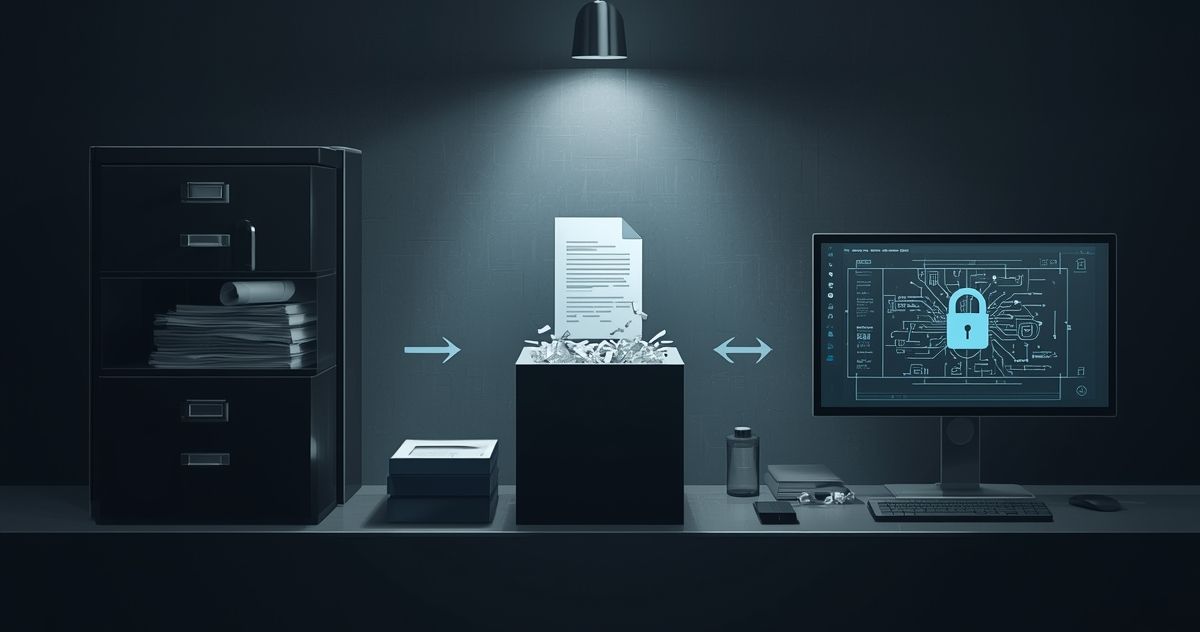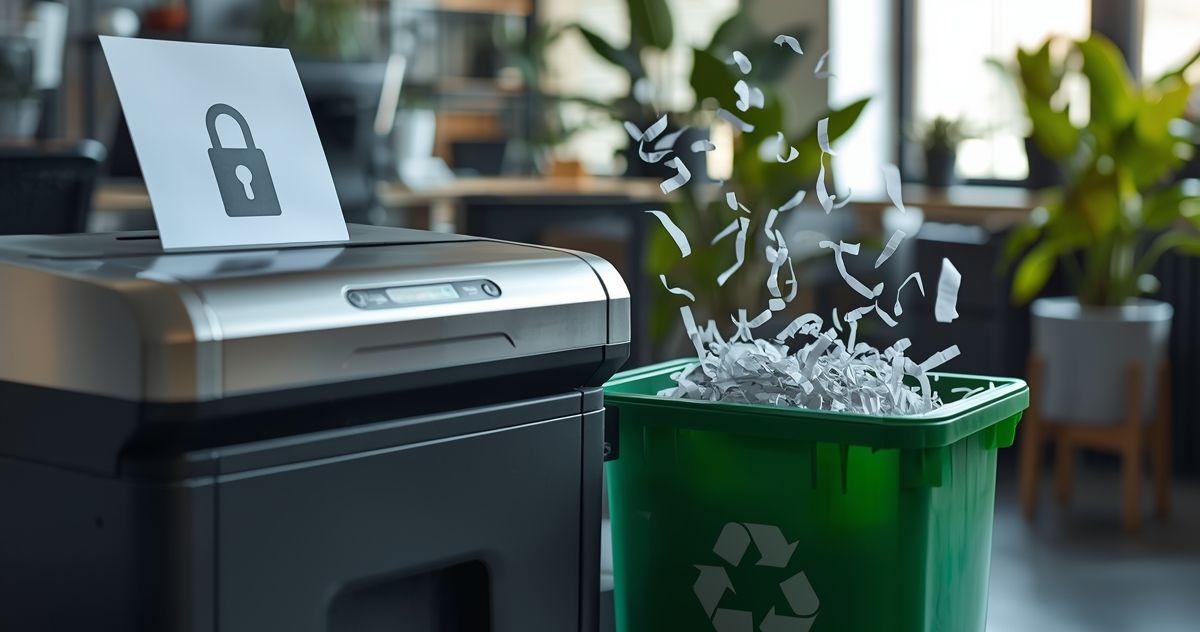The Importance of Secure Data Destruction in Protecting Your Privacy
The Importance of Secure Data Destruction in Protecting Your Privacy
In the age of digital dominance, data has become the currency of the world. From personal information to intellectual property, data holds considerable value. However, with great value comes great risk. Improper data disposal can lead to privacy breaches, financial fraud, and a myriad of other security concerns.
This article aims to shed light on the significance of secure data destruction, its pivotal role in safeguarding privacy, and choosing the right data destruction services.
Understanding Secure Data Destruction
Secure data destruction refers to the process of completely erasing data so that it cannot be recovered, whether by unauthorized individuals or even through advanced data recovery tools.
This process typically involves methods proven effective at overwriting, degaussing, or physically destroying the media on which the data is stored.
Organizations and individuals generate vast amounts of data daily, much of which becomes outdated and requires disposal.
However, the challenge lies in managing the end-of-life data securely. Failing to do so can have severe repercussions, as demonstrated by numerous high-profile data breaches that have occurred in recent years.
Risks of Inadequate Data Disposal
The risks associated with inadequate data disposal are not to be underestimated. For businesses, these risks can manifest in the form of legal and regulatory non-compliance, financial penalties, damage to brand reputation, and loss of customer trust.
On the personal front, improperly discarded data can lead to identity theft, invasion of privacy, and theft of sensitive information.
One of the primary reasons for risk is the misconception that deleting files or reformatting drives is enough to ensure data security.
In reality, such methods merely remove pointers to the data, making it invisible but not irretrievable. Sophisticated software and even the most basic of familiarity with hard drive mechanics can often recover seemingly deleted data.
Secure Data Destruction Methods
Secure data destruction methods are classified into two main categories: software-based and physical destruction.
Software-Based Methods
Cryptographic Erasure: A method that uses encryption keys to lock and unlock hard drives, rendering data useless if the keys are erased.
Physical Destruction
Shredding: Physical shredding of hard drives and other media—literally breaking them down into small pieces—is a commonly used method for complete data destruction.
Degaussing: A method that applies a strong magnetic field to erase the data on magnetic media, such as hard drives and tapes.
Each method has its own advantages and is chosen based on the type of media and the level of sensitivity of the data.
Secure Data Destruction Best Practices
To ensure comprehensive data destruction, it is important to follow a set of best practices:
Regular Audits: Regular checks and audits can keep track of the data that needs to be destroyed. This minimizes the chance of sensitive data lingering unnecessarily.
Data Classification: Categorize data based on its level of sensitivity. This will determine the type of destruction method required.
Employee Training: Human error can be a significant risk in data security. Training employees on the importance of data protection and the proper procedures for data disposal is critical.
Compliance and Regulations: Understand and adhere to industry-specific data disposal regulations to mitigate legal risks.
Securing End-User Devices
Personal devices, such as computers, tablets, and smartphones, are often overlooked when considering secure data destruction. However, these devices can store a considerable amount of personal and sensitive information that must be protected, especially when being discarded or recycled.
Encrypting data on these devices is the first line of defense. When it comes time to dispose of the device, seeking a service that offers secure data destruction for end-user devices is the safest option. This is especially critical for businesses that are phasing out old equipment.
The Environmental Impact
The environmental impact of data destruction is an often neglected aspect of the process. Physical destruction methods can contribute to electronic waste, which poses a significant environmental hazard due to the presence of toxic materials. Proper disposal and recycling of e-waste are essential for environmental sustainability.
Choosing a Secure Data Destruction Provider
Selecting a trustworthy provider for secure data destruction is crucial. When choosing a provider, consider:
Accreditations and Certifications: Look for providers who adhere to internationally recognized data security standards.
Experience: An established track record is indicative of reliable service.
Customer Testimonials: Positive feedback from previous clients is a good sign.
Transparency: A provider who is transparent about their procedures and can guarantee a chain of custody is preferable.
Conclusion
The importance of secure data destruction cannot be overstated. It is an integral part of protecting sensitive information and maintaining privacy, both for individuals and organizations.
By understanding the significance of proper data disposal, recognizing the risks involved, and following the best practices outlined in this article, you can take proactive steps toward mitigating the potential hazards of data mismanagement.
Remember, in the digital realm, an ounce of prevention is worth a pound of cure. When it comes to privacy and data security, the right approach from the start will always be your strongest defense.
Ready to Secure Your Data?
At Data Shredder Corporation in Massachusetts, we understand how crucial it is to destroy sensitive data securely and recycle e-waste. We're here to offer you the best data destruction and recycling services in Massachusetts, ensuring your peace of mind while contributing to the planet's health.
Your trust is our top priority, and we're dedicated to safeguarding your information with our certified, dependable solutions. Before a security breach even whispers your name, give us a call at
(508) 906-6080 or fill out our
contact form. Let's get you set up with our services, starting your journey towards complete data security.











Share On: